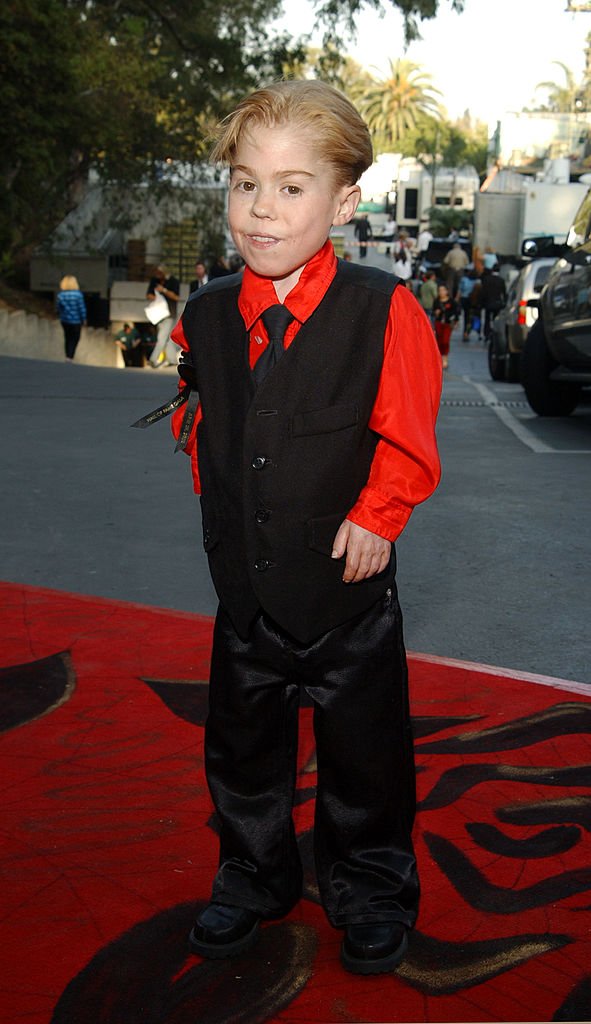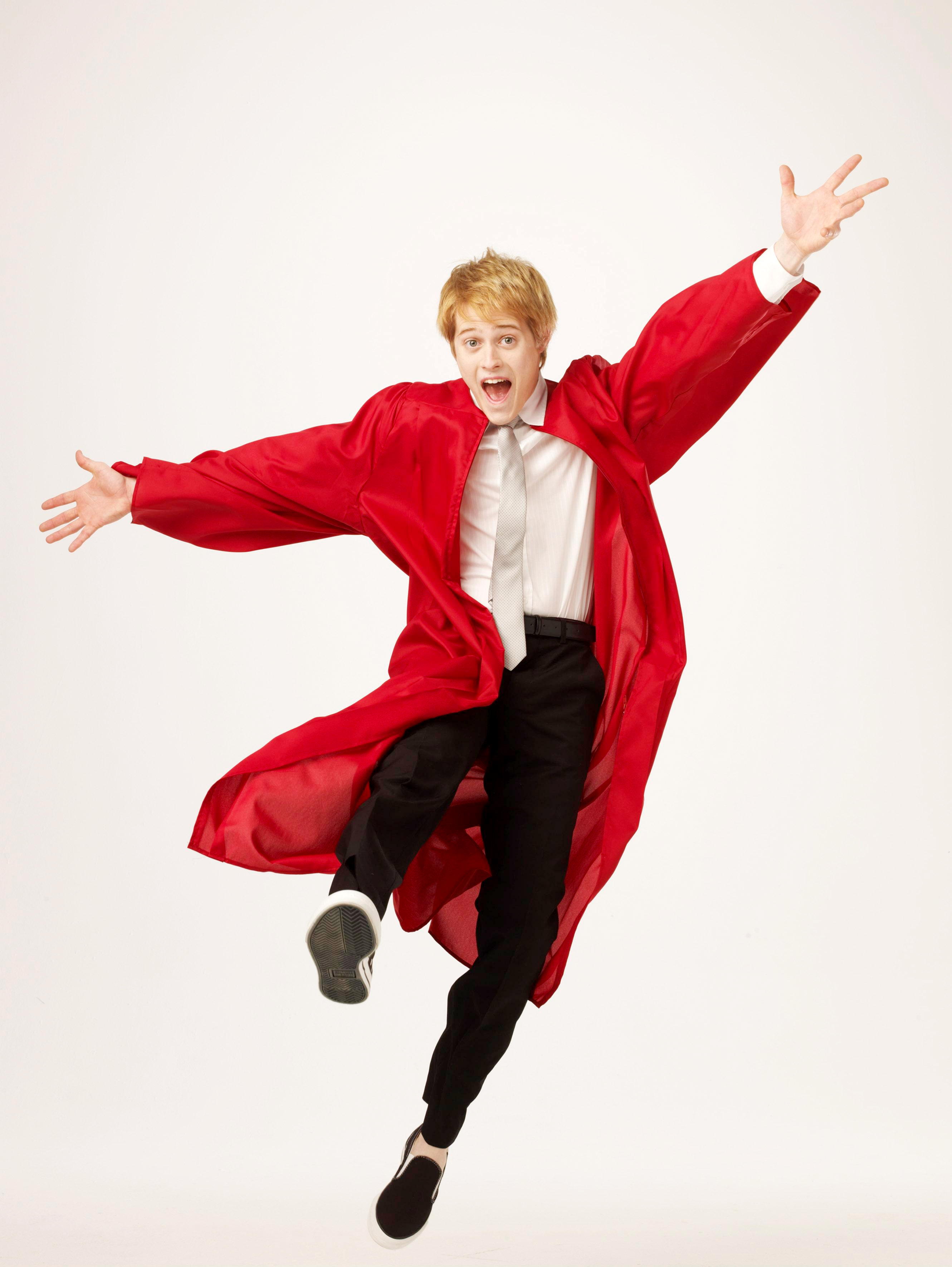
“I guess the stage version comes off as a bit more gay since I wrote it, and it came through my prism,” says Simpatico. Darbus, and one of the jocks is particularly exuberant when he reveals his secret passion as a chef (as in the movie, the news is enthusiastically accepted by the rest of the school, as is his killer crème brûlée). There’s a terrifically hammy performance by Ellen Harvey as the theatre teacher, Ms. I love that there is a character in this show that I would have loved when I was in high school.” Indeed, the whole stage adaptation comes across as much more “gay” than the movie. “And he provides representation for high school kids who might be gay or confused or bullied for being a theater guy. “I'm proud of the fact that in this Disney show, there is a strong gay character who actually becomes the hero of the piece,” Simpatico says. Another change Simpatico made to the stage adaptation is that it is Ryan, not Kelsi, who ultimately reveals Sharpay’s evil plot to the protagonists, basically saving the day. Disappointingly, Ryan still has no love interest, even though all of the other major characters, even the two adults, pair up with opposite sex partners by the show’s end. On stage, the character also dresses even flashier than in the movies, gets some catty witticisms, and is played with a more flamboyant lilt. And when the play’s leading hunk Troy Bolton (Zac Efron in the movies) brushes against Ryan at one point, the character literally swoons, leaving absolutely no doubt whom he finds attractive.

Sure enough, Ryan’s locker in the stage version has pictures of men inside, not women like the other guys. I’d rather say it with behavior and action. Yes, I consider him a young gay guy without ever having to say it.

But in the stage version, I wanted to more fully articulate that tint and say, hey, this kid is who he is. “In the movie, the character has a gay tint. “I wanted to present Ryan as something from my own past, a version of me, I guess - though he's a lot better dancer than I ever was!” David says. However, for the stage adaptation, out playwright David Simpatico chose to make Ryan’s gayness much more explicit. This ambiguity regarding the character’s sexuality was particularly ironic in light of the fact that the theme of the first movie, which has songs like “Breaking Free” and “We’re All in This Together,” is that everyone should be allowed to be exactly who they are.

As a result, many observers, including some here at, have interpreted him as a “coded gay” character - a character that the creative team conceived of as gay, even if the movies never come out and say so directly. In the movie, Ryan dresses stylishly, is musically inclined, wears a different hat with every outfit, and, unlike all the other main characters, has no apparent love interest.


 0 kommentar(er)
0 kommentar(er)
